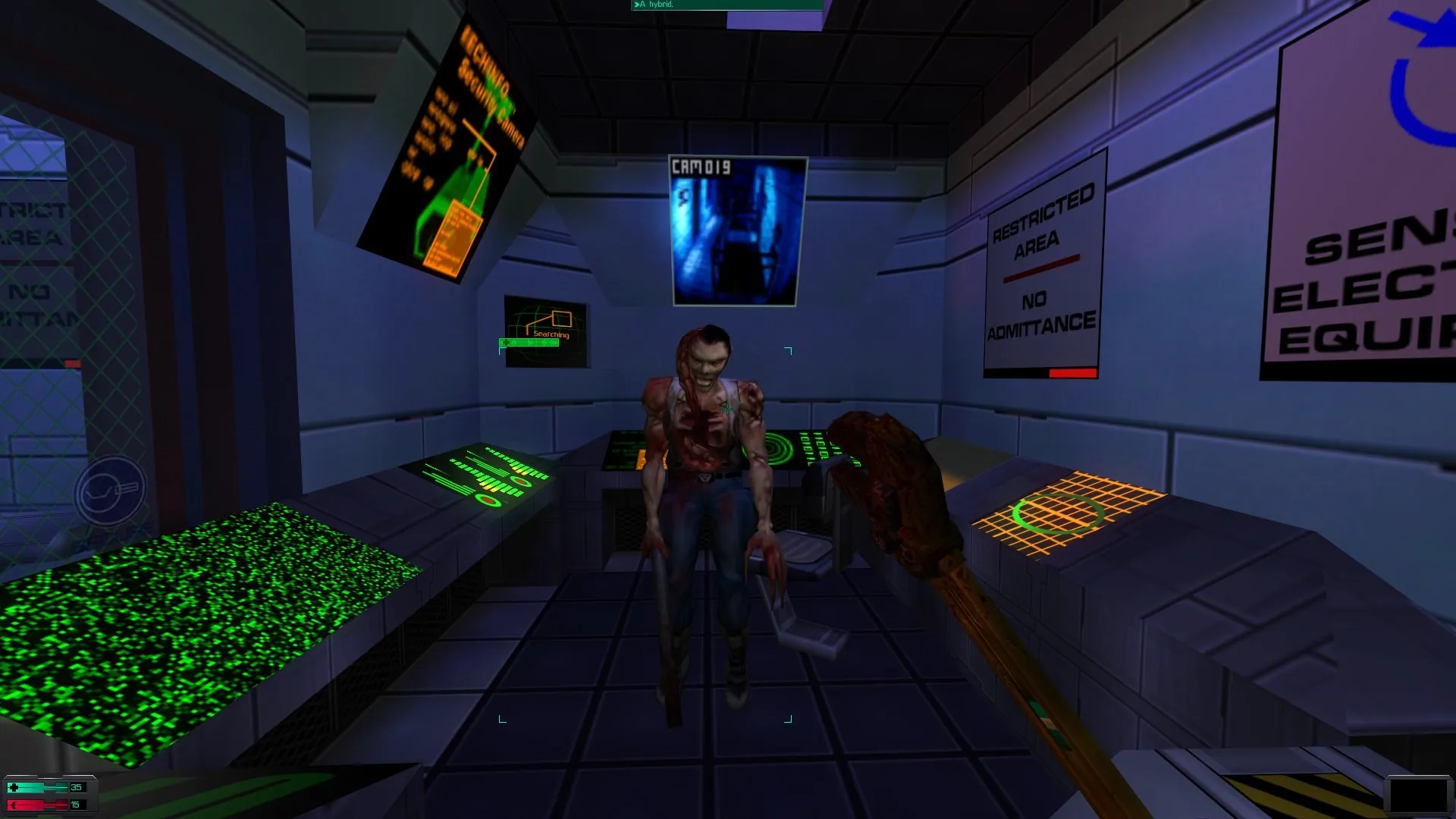

This resulted in larger and more powerful guided-missile destroyers more capable of independent operation.Īt the start of the 21st century, destroyers are the global standard for surface-combatant ships, with only two nations (the United States and Russia) officially operating the heavier cruisers, with no battleships or true battlecruisers remaining. Moreover, the advent of guided missiles allowed destroyers to take on the surface-combatant roles previously filled by battleships and cruisers. Sumner-class destroyers had a displacement of 2,200 tons, while the Arleigh Burke class has a displacement of up to 9,600 tons, a difference of nearly 340%. īefore World War II, destroyers were light vessels with little endurance for unattended ocean operations typically, a number of destroyers and a single destroyer tender operated together.

Although the term "destroyer" had been used interchangeably with "TBD" and "torpedo boat destroyer" by navies since 1892, the term "torpedo boat destroyer" had been generally shortened to simply "destroyer" by nearly all navies by the First World War. They were originally developed in 1885 by Fernando Villaamil for the Spanish Navy as a defense against torpedo boats, and by the time of the Russo-Japanese War in 1904, these "torpedo boat destroyers" (TBDs) were "large, swift, and powerfully armed torpedo boats designed to destroy other torpedo boats". Larger vessels in a fleet, convoy, or battle group and defend them against powerful short-range attackers. In naval terminology, a destroyer is a fast, maneuverable, long-endurance warship intended to escort Churchill, an Arleigh Burke-class guided missile destroyer of the United States Navy Admiral Panteleyev, an Udaloy-class guided missile destroyer of the Russian Navy

For other uses, see Destroyer (disambiguation).


 0 kommentar(er)
0 kommentar(er)
